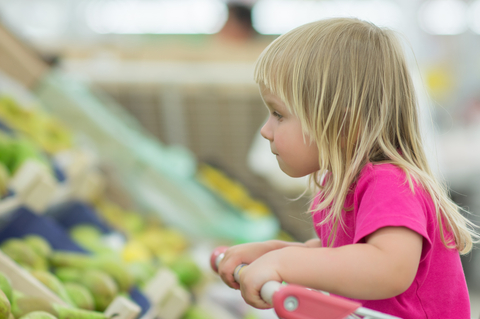-
19 June 2013
-
0 comments

Open and closed, big and small, fast and slow, full and empty – these are all basic concepts that we try to teach our children early on in life. Basic concepts help children learn about and understand the environment. By being able to understand basic concepts, a child will then have the ability to follow directions, participate in games, activities and sports, locate objects or people in the environment, follow classroom directions to complete tasks and assignments, and complete early math activities. Basic concepts include ideas related to direction, location, position, quantity, sequence, attribute, dimension, size, same, and different.
There are many books that are written and designed to teach children these concepts, and they are great. But, it can be really helpful to get creative when teaching these concepts to your child – let them experience the concepts first hand, and not just see the pictures on the pages. For example, the supermarket is a great place to enhance language skills related to basic concepts. While walking down the aisles, find wagons that are “full” and “empty” and those that have “more” or “less” items than yours. Note how your shopping cart can go “fast” or “slow”. There are five-pound bags of sugar, and two-pound bags; show your child the difference between the sizes – “big” and “small”. Show your child boxes or containers that are “round” and “square”. Point out when you are placing products “in” your cart and when checking out, that you are taking items “out” of your cart. As you place food items on the checkout counter, discuss how you are putting things “on” the belt and the cashier takes them “off” the belt. After a few visits to the grocery store, have your child begin to identify the various concepts on his or her own. For example, ask, “show me an empty wagon” or “find me a big box of cereal”. Before you know it, your child will be using these concepts in his daily vocabulary all on his own!
Share Social
